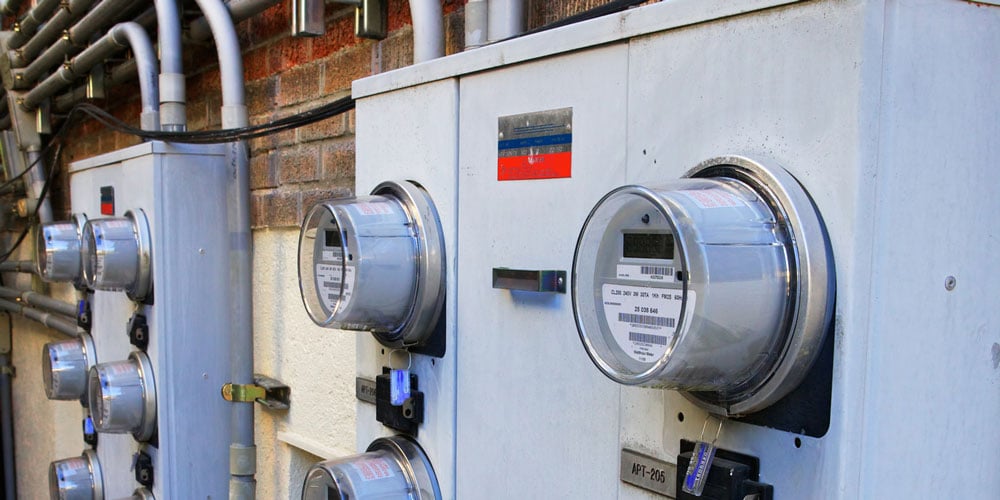What is a Multiplier
Property managers in buildings with electricity, water, gas or thermal energy meters have to extract readings from them to measure and monitor the consumption of different areas or different units in the building.
Meters use multipliers for reasons which we will try to briefly explore. Multipliers are most common when using pulse output meters. where every pulse is generated based on a fixed amount of energy or volume consumed, and therefore the multiplier is used to multiply the number of pulses to determine the correct amount of consumption.
How a Multiplier Works
For instance, in a residential unit, a 20 mm (3/4") diameter water meter is typical at the service entrance; most commonly these meters are supplied with a pulser that generates a pulse for every 10 liters of water flow. Some property managers use local pulse counters which show the total number of pulses and on the face of the counter a label indicates the multiplier for the pulse weight. when using a automated meter reading system, the data logger the pulses are counted, stored and then transmitted to the Data Collection Unit, where the total number of pulses are then MULTIPLIED by the multiplier (10) to obtain the consumption and then that value is the one reported by the software. To simplify; if at the end of the month the total number of pulses is 6,000, then the consumption is 6,000 times 10 equivalent to 60,000 liters or 60 cubic meters.
Small diaphragm gas meters for residential use would generate a pulse for every 2 cubic feet, then the multiplier is 2. and Thermal Energy - also known as heat meters - would have a pulse weight or multiplier per KWH or BTU of energy.
Electricity is a bit more complex, because not all meters are capable of measuring at higher voltage and therefore require the use of a Voltage or Potential Transformers to reduce the voltage to the right input level of the meter. Most common potential transformers have a secondary output of 120 volts and the primaries may vary depending of the voltage of the system to be measured.
Let's use an example of a Medium Voltage system of 4,160 Volts, use a Potential Transformer with a secondary output of 240 volts and assume tha our meter has a variable input from 120 to 480 volts. The transformation ratio of the Potential transformer is 4,160 Volts of the primary divided by 240 volts of the secondary or 17.33333. that means that the Energy reading (in this case any other reading that has voltage as a factor) has to be multiplied by 17.33333.
Now it gets more interesting, if the meter has pulse output and the pulse weight is 10 WH per pulse, and the pulses are transmited to an Automated Meter Reader (AMR) then the metering system should incorporate the pulse weight times the multiplier to obtain the right value.
For instance if the number of accumulated pulses in a period is 12,500, the correct amount of energy would be:
10 WH x 12,500 = 125,000 WH now to be divided by 1,000 WH per 1 KWH to obtain 125 KWH (Which would be the reading on the meter face) and now multiplied by the transformation ratio of 17.3333. In this case the actual consumption of energy in this meter is 2,166.67 KWH.
In a similar fashion Current Trasnsformers may be used to reduce or adapt the current output of an existing transformer to the required input of the meter, particularly with meters using 100 milli-ampere output.
Using multipliers is beenficial for the metering technician, because it provides the flexibility to adapt the instrument to the field requirements with accuracy. However it is always important to seek help from the experts, because using a wrong multiplier, will multiply the error in the measurement with negative financial consequences to at least one party.

